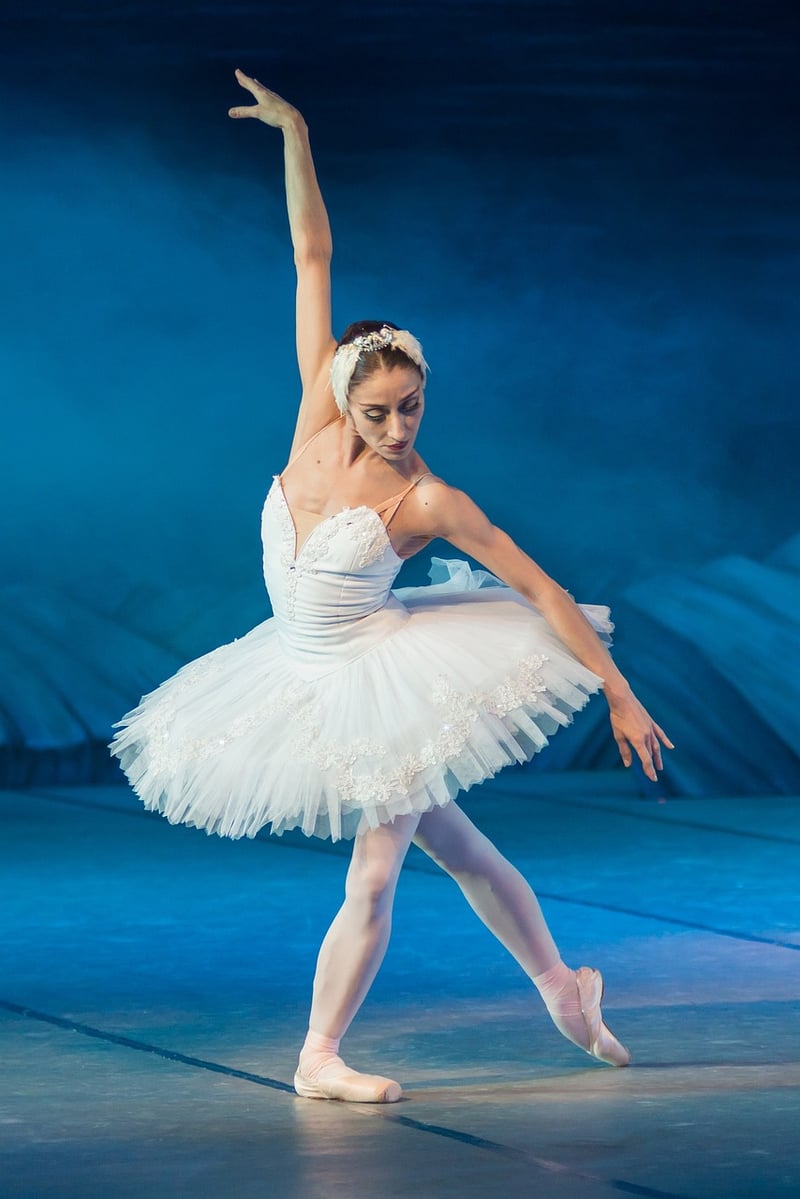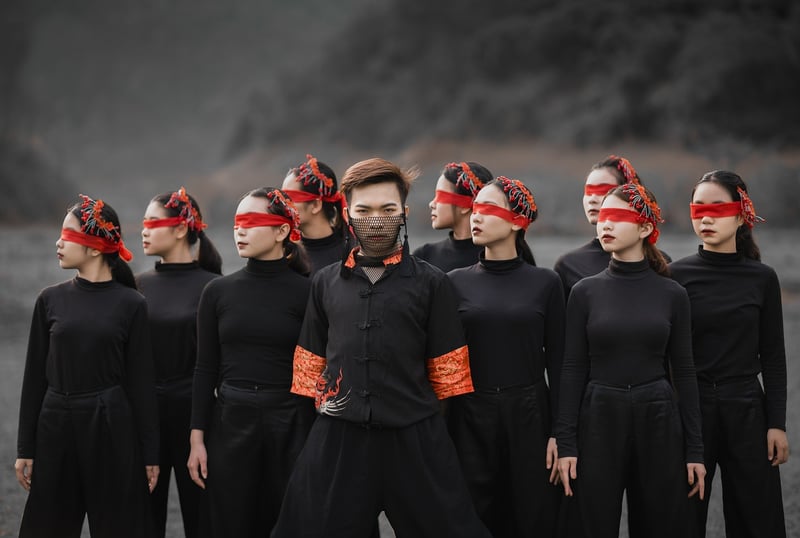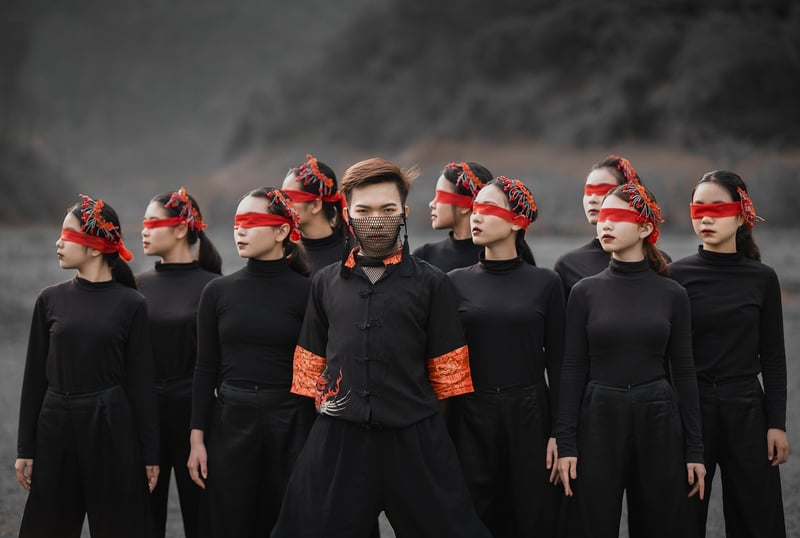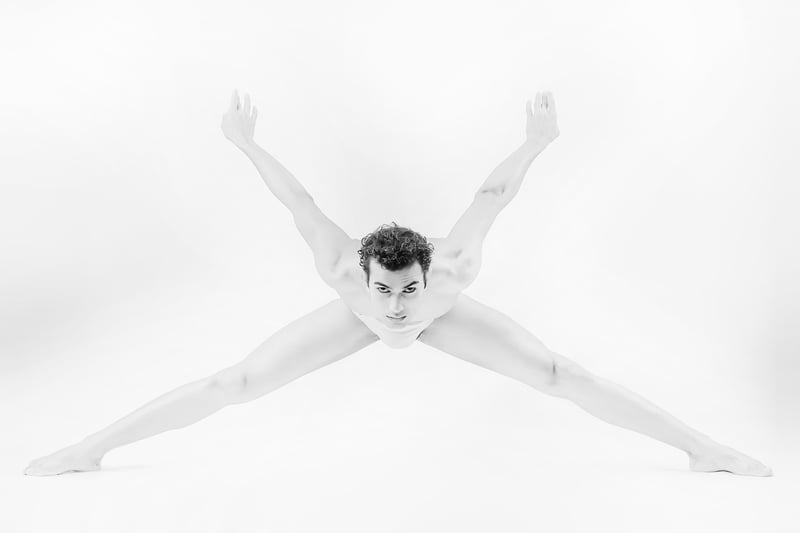Contemporary Dance
Exploring Expressive Movement Forms in Contemporary Dance
Contemporary dance is a versatile and expressive art form that encompasses a wide range of movement styles and techniques. One of the key elements that make contemporary dance unique is its incorporation of various expressive movement forms. Let's delve into some of these forms and how they contribute to the rich tapestry of contemporary dance.
1. Ballet
Ballet, with its graceful and precise movements, has had a significant influence on contemporary dance. Dancers often blend balletic techniques with more modern and experimental movements to create a dynamic and fluid choreography.

2. Modern Dance
Modern dance emphasizes freedom of expression and individuality, paving the way for innovative choreographic ideas in contemporary dance. It encourages dancers to explore new ways of moving and to push the boundaries of traditional dance forms.

3. Jazz Dance
Jazz dance brings a sense of energy and rhythm to contemporary dance. Incorporating elements of syncopation, improvisation, and dynamic movements, jazz dance adds a vibrant and lively quality to choreography.

4. Hip-Hop Dance
Hip-hop dance, with its urban and street style influences, has become a popular form of expression in contemporary dance. Dancers often fuse hip-hop movements with other dance styles to create a diverse and eclectic choreographic language.

By incorporating these expressive movement forms into contemporary dance, choreographers and dancers can create innovative and captivating performances that push the boundaries of traditional dance. The fusion of different styles and techniques allows for endless possibilities and ensures that contemporary dance remains a dynamic and evolving art form.
